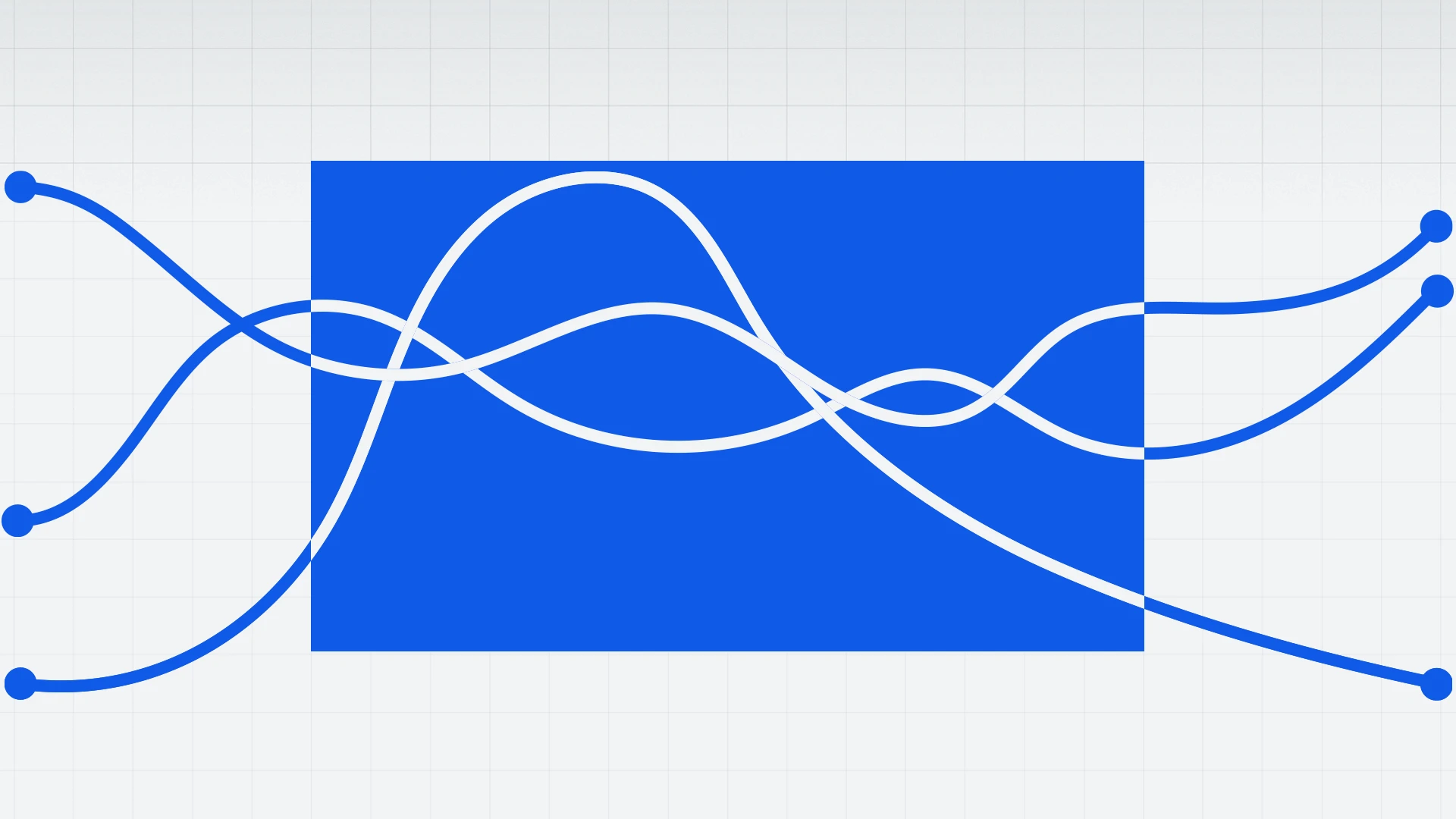What is cyclomatic complexity?


Cyclomatic complexity is a metric used to measure the complexity of a software system. It is a quantitative measure of the number of independent paths through a program’s source code. It was developed by Thomas McCabe in 1976 to measure the complexity of control flow in software.
Simply, it measures the number of possible paths that can be taken through a software program. The more complex the program, the higher the cyclomatic complexity. The formula to calculate the cyclomatic complexity is:
M = E – N + 2
Where:
- M is the cyclomatic complexity
- E is the number of edges (control flow) in the program
- N is the program’s number of nodes (sequential or branching statements).
A higher cyclomatic complexity indicates that the code is more difficult to understand and maintain, increasing the likelihood of bugs and errors in the software. Therefore, it is important to keep the cyclomatic complexity of a program as low as possible to ensure better code quality and maintainability.
What next?
Learn about the the pros and cons of using cyclomatic complexity as a code quality metric















